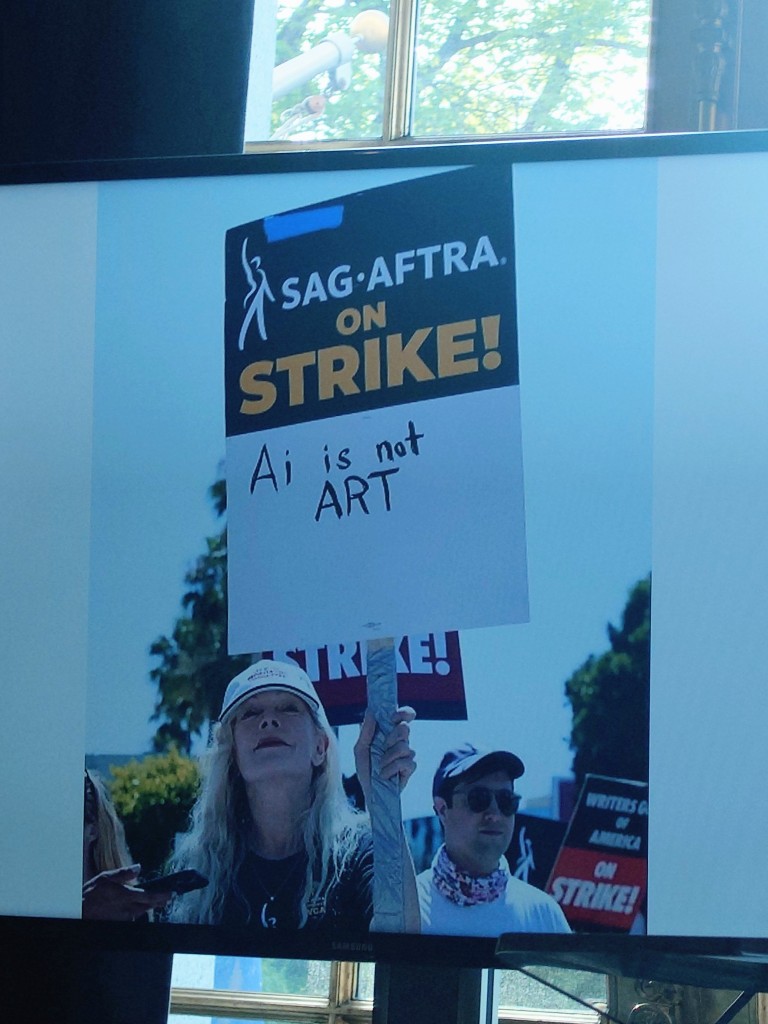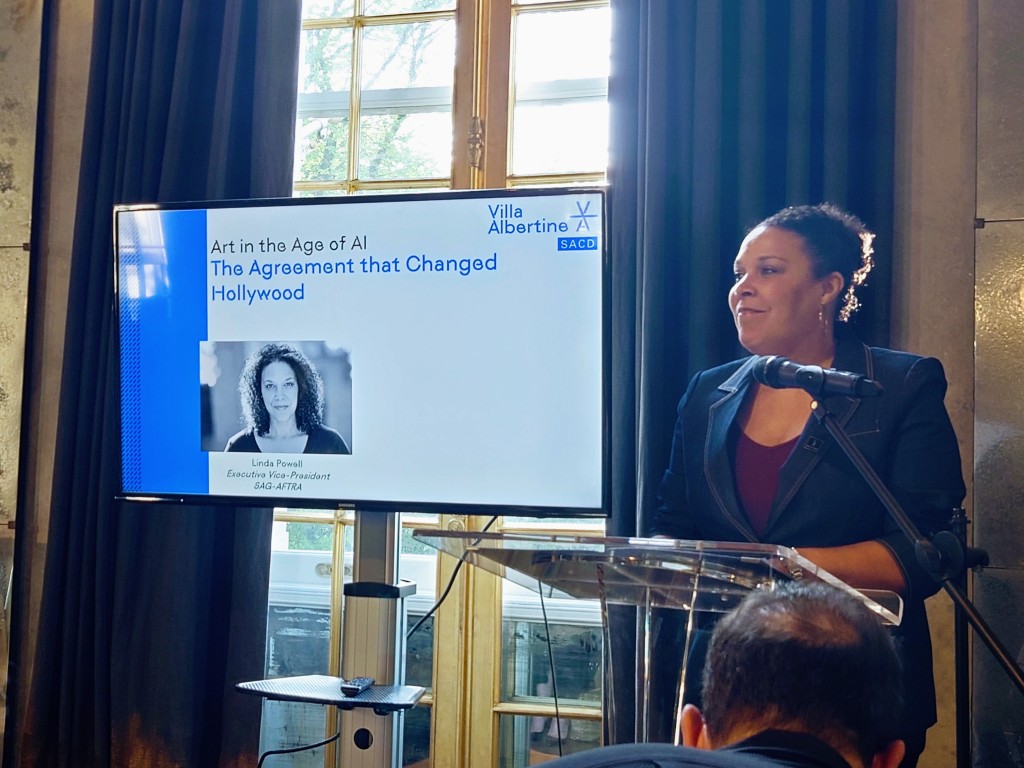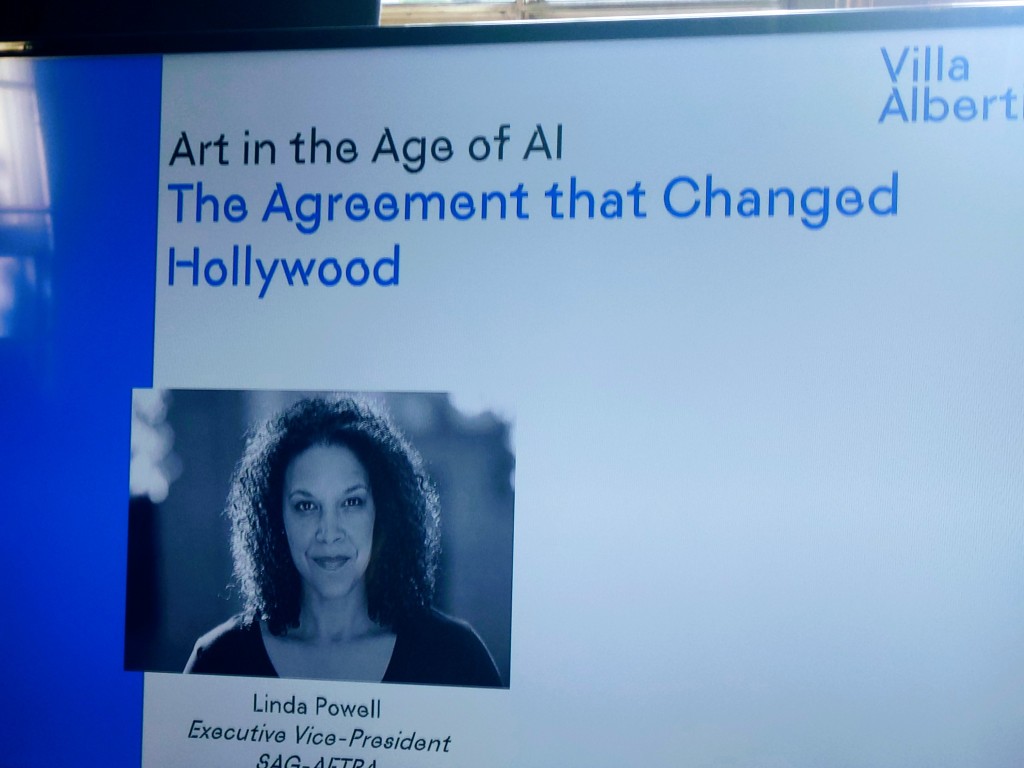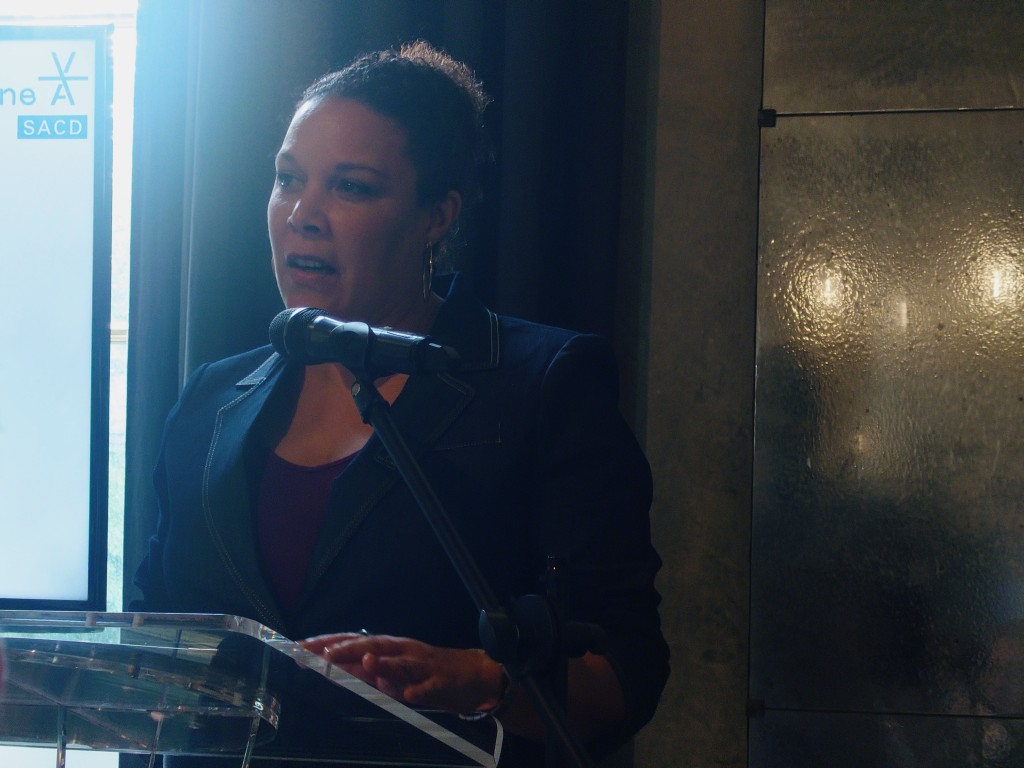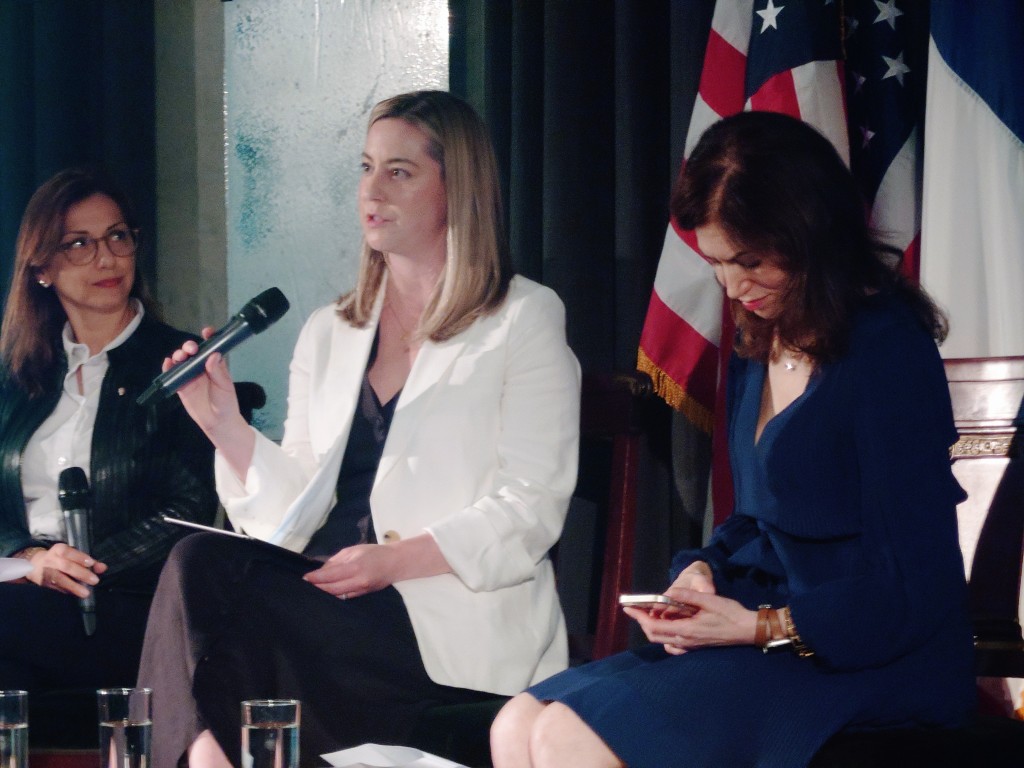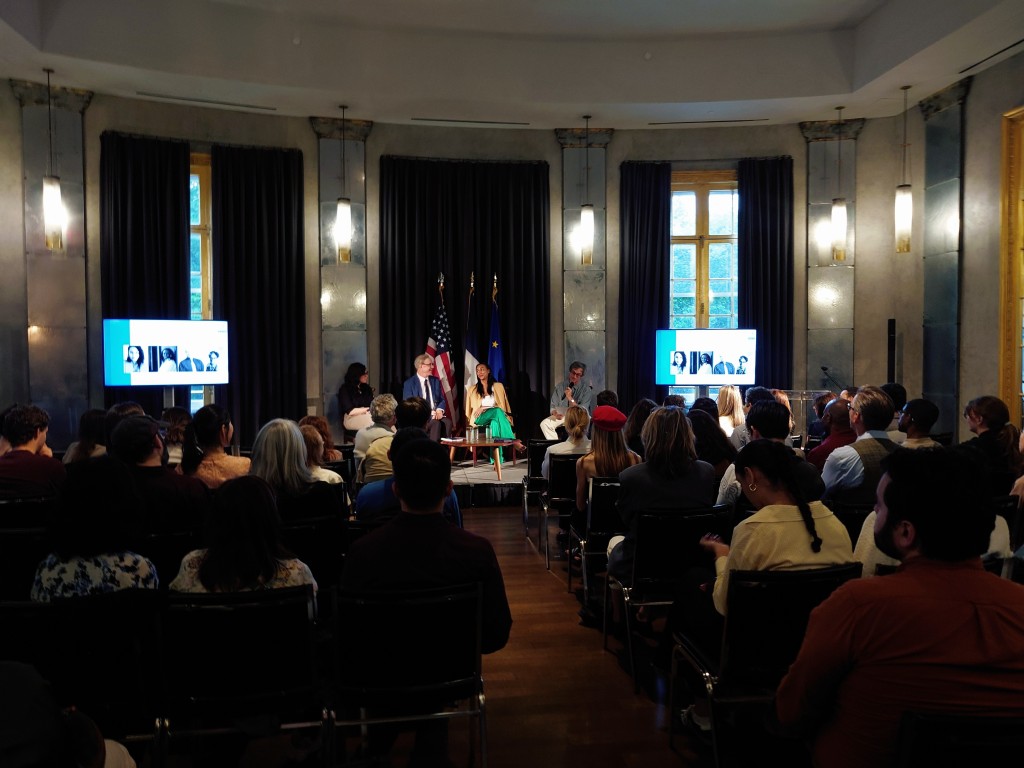ExpressiveAI.net reporter Clone Wen attended the 2-day event on Art in the Age of AI, hosted at Villa Albertine in New York City. Event summary:
Villa Albertine’s Art in the Age of AI event is a two-day exploration of the transformative impact of artificial intelligence on creative practices present and future.
Bringing together French and U.S.-based artists, tech world leaders, museum directors, journalists, scholars, and lawyers, the event will include panel discussions and demonstrations featuring representatives from OpenAI, SAG-AFTRA, the Cleveland Museum of Art, the U.S. Copyright Office, Google, Columbia University, the French Government’s AI Commission, Université Paris-Saclay, and more. Moderators include The New York Times’ Zachary Small, The New Yorker’s Kyle Chayka, and Amy Adler, NYU School of Law.
DAY 1: Auteurism and Authorships: Insights from Open AI Creativities
Chad Nelson, Creative Specialist at OpenAI, delivered a compelling presentation titled “Where is AI Going” on May 6th at the Arts in the Age of AI symposium at Villa Albertine, a French institution in NYC. The talk focused on the evolution of AI tools for creativity, with an emphasis on the usage of OpenAI’s creative platform in media productions, including Sora.
Nelson introduced two innovative projects with Open AI that he has been working on since the DALL-E generative pictures era, and also its improvement with the project in the Sora AI generative videos era. The first is the 2023 short animation Critterz, which won awards at the Annecy Festival in France, with DALL-E-generated characters with faces and stills connected to Ureal and AE for character animation. The new Sora AI model has experimented with character animation for regeneration and improvement in consistency of long motions through machine learning. The second is the first magazine cover with AI-generated backgrounds, featuring fashion model Bella Hadid.AI significantly accelerated the creative process of shooting in a whitebox and generating hundreds of stage props for selection, and Ched selected a perfect antique lamp with in hundreds of non-existent generative lamp props, which challenged photographic realism and the regular process of selecting and preparing props from vintage stores. In his two examples, although Sora AI has improved performances on consistency of video generations, Open AI tools still function as a subsidy for production pipelines, but not as an all-in-one independent tool. Owing to the on-going deep fake, election concern and copyright disputes, Sora AI may still has a long way to go before releasing its access to the public.
Despite its revolutionary pipeline and productions, the audience in the Q&A session raised thought-provoking questions about “auteurism” and subjectivity in artists’ works: in an experiment where students were divided in half, one half was allowed to take only one picture and the other half had several choices of takes; the former were more satisfied with their work than the latter, and were more appreciative of self-representations. The paradox of choice in the creative work of the artist and the industrialized production of film and media is brought back once again, coinciding with the panel “Copyright and Intellectual Property in the Age of AI” on the next day, where the copyright of the artist’s “auteurism” towards AI generative media is rigorously and continuously debated, with regional differences and certain common goals of the U.S. Copyright Office and the French government’s AI commissions. The same question on the minds of creators and legal experts alike is how to allow artists to retain their auteurism and authorships in the creative process.

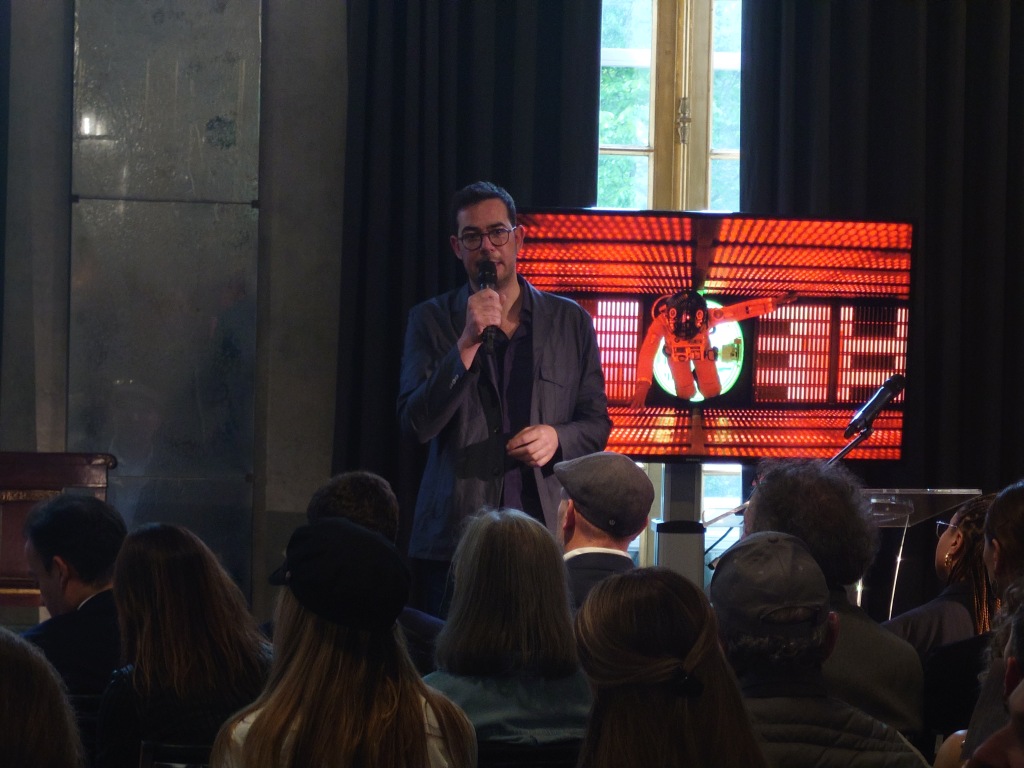
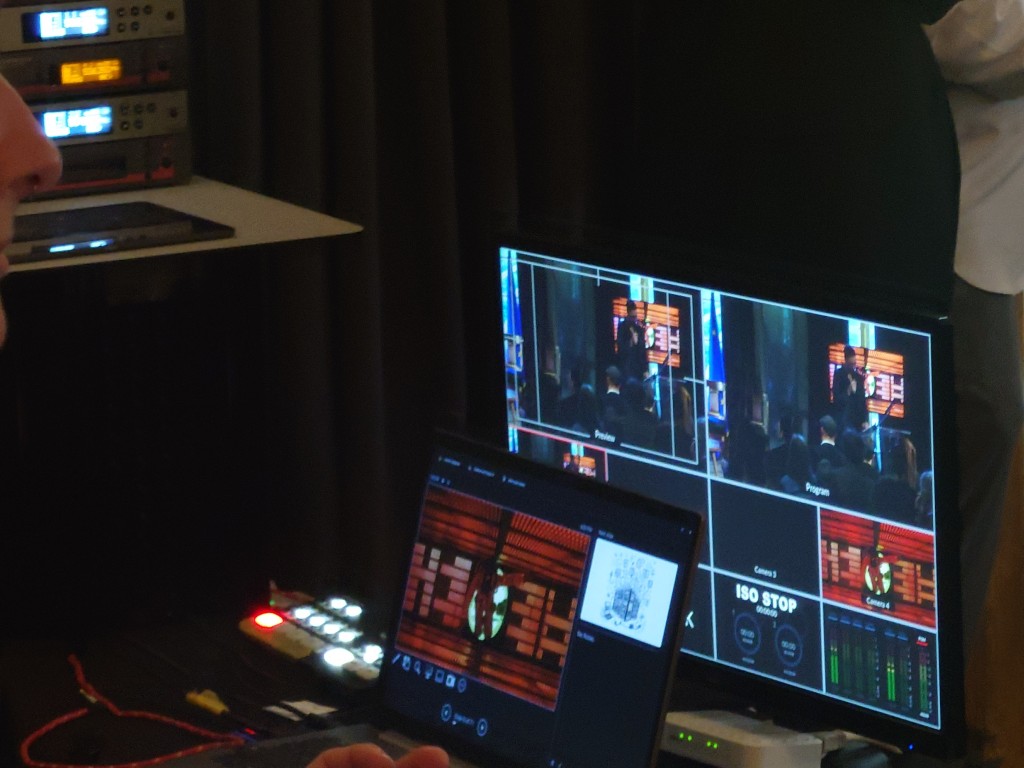
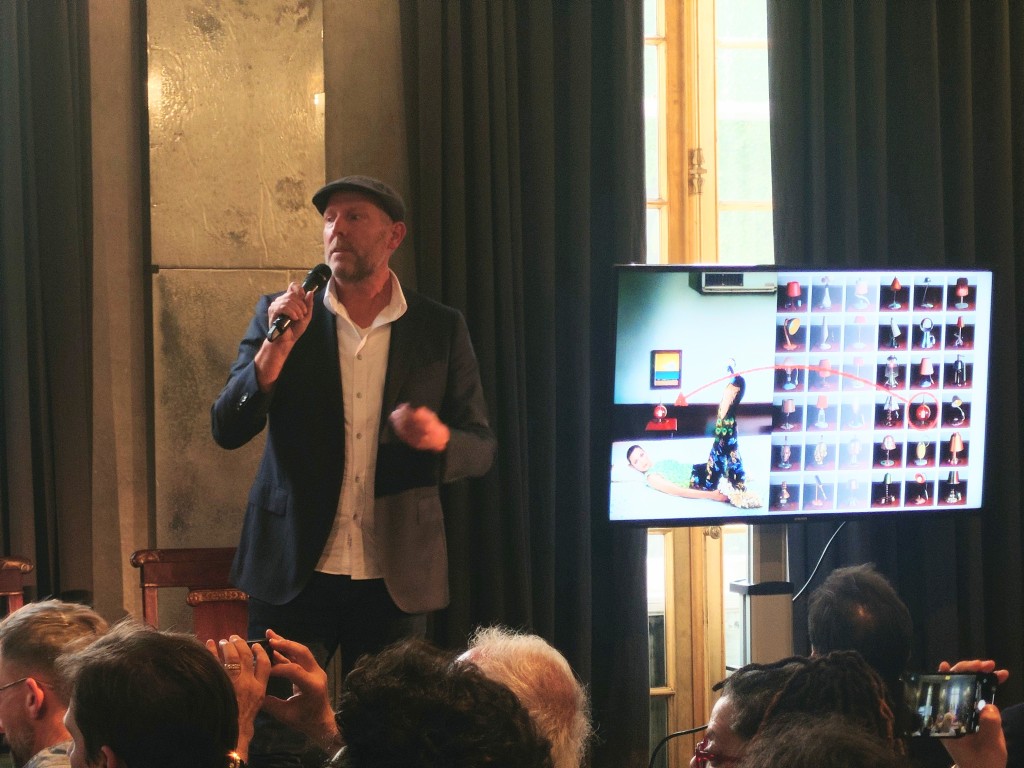
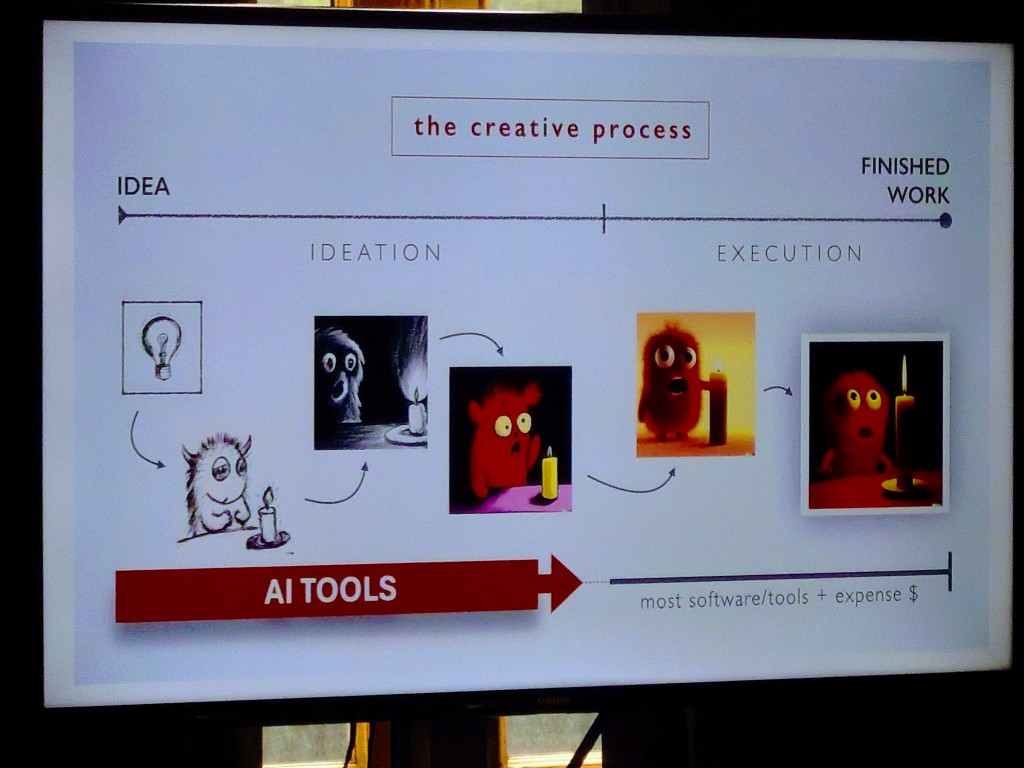

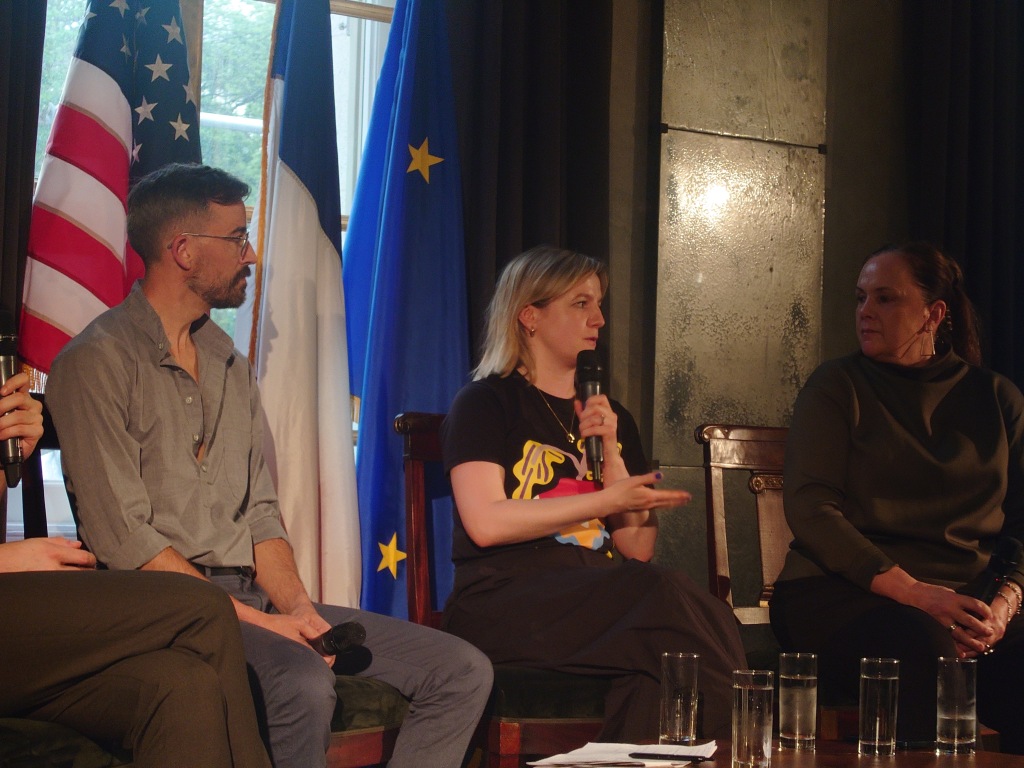
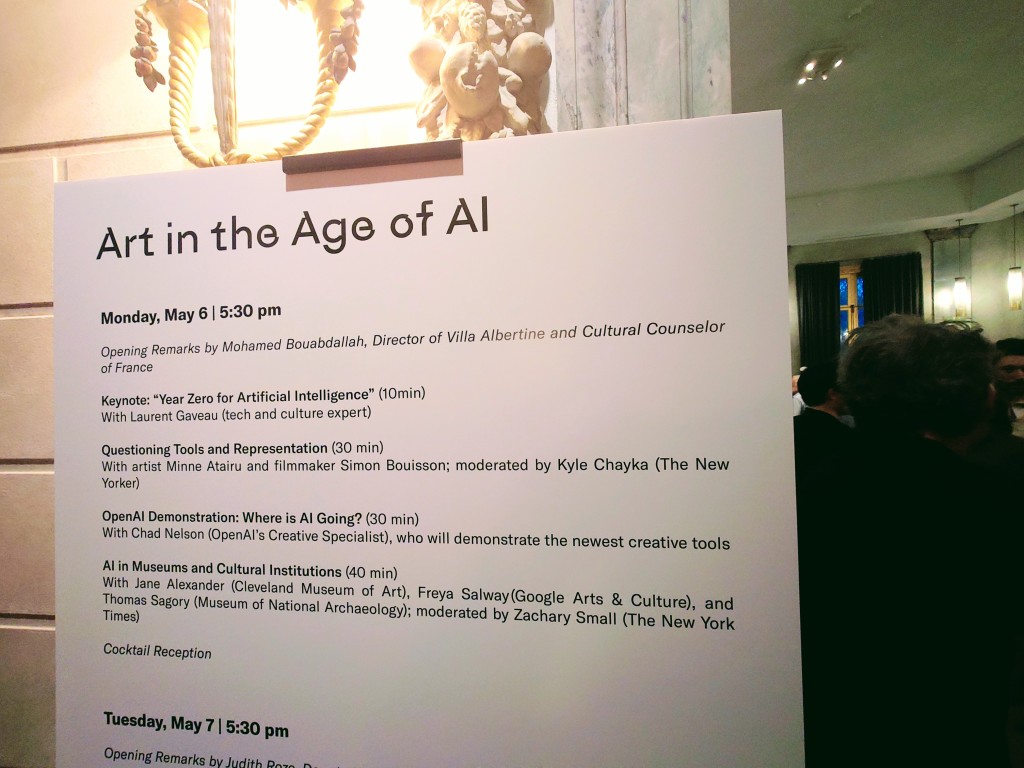
DAY 2: Digital Doubles and SAG-AFTRA’s AI Protocols
“When I was a little girl watching TV and watching actors, I was drawn to people’s personalities and individualities, to the feeling that they were expressing a piece of themselves, that it managed to reach through the screen and touch a deep piece of me. So, I’m sitting in this room and we’re talking about scanning and digital doubles. How are we going to put fences around it? What is this new world going to be? “
On May 7th, Linda Powell, the Executive Vice President of SAG-AFTRA, delivered the talk “The Agreement That Changed Hollywood” at Villa Albertine’s Art in the Age of AI symposium. In the very beginning of previous Ched Nelson’s (Open Ai’s Creative Specialist) talk about using Sora and DALL-E, he mentioned that due to the deep fake and debates on real people, he would only focus on animation productions. Yet the machine learning models have huge reliance from the sources of human faces. The use of actors faces in AI database had become a huge concern to SAG-AFTRA, which took decisive action to negotiate led to a successful 118-day strike in 2023, with the result of 14 new pages added to the existed contract concerning AI protocols. The project-based consent agrees to be informed 48 hours before digital scans, in detail what the scan will be used, and every digital replica is not reusable for any other movie or other episode of television unless having further consent with further charges. One’s estate, children, relatives, or loved ones can also benefit from digital replicas, which is inheritable as legacy.
Powell underscores that the fundamental negotiation principles remain unchanged as the union’s primary focus is on establishing minimum and bottom level standards that provide a living wage for all members. In the meantime, creating a progressive society with a copyright-protected and unbiased database and AI latent space on actors. For example, there has always been a minimum of 25 union background performers are mandatory after which non-union individuals may be hired. The contract ensures the use of scans for AI cannot be employed against this quota that a minimum of 25 union members are always present on set, maintains consistency of the number of union background members regardless of tech progressions.
The 14-page agreement negotiated by SAG-AFTRA still left behind concerns about the use of non-existing synthetic performers generated and collaged by AI models. Powell emphasizes the difficulty of disentangling actors’ digital representations, suggesting that the industry is already deeply intertwined with synthetic human technologies which is hard to be identified even if many features are from certain actor’s datasets. Looking ahead, Powell anticipates revisiting these provisions as technology evolves during the two-year contract period.
Report by Clone Wen
